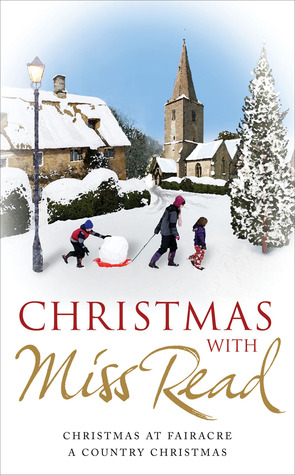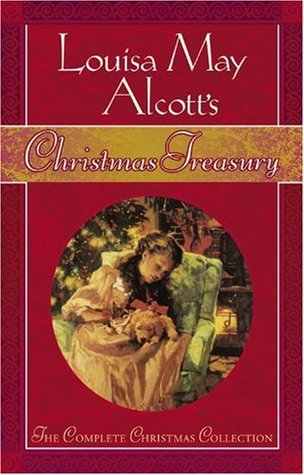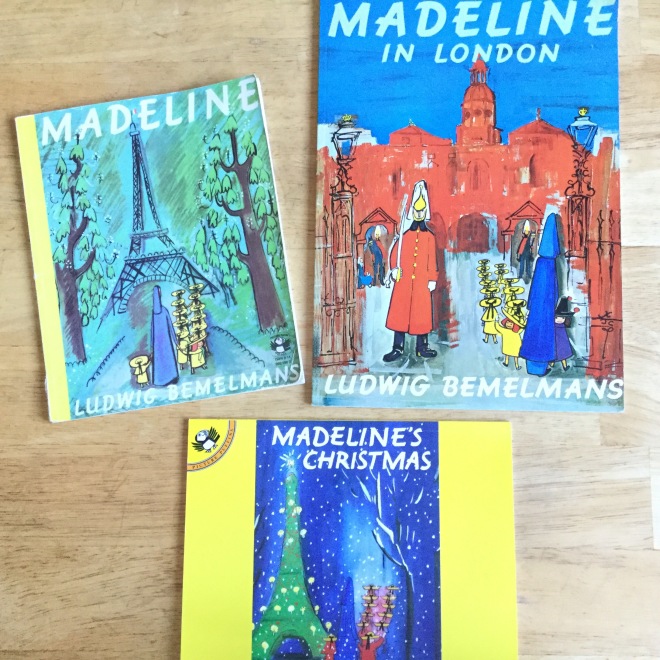I love to give and receive the gift of books at Christmastime. One particular Christmas, my mother gave me four beautiful new Puffin Classics books. They included the titles ‘Little Women’, ‘What Katy Did’, ‘The Children of the New Forest’ and ‘The Water Babies’. I will always associate the memory of Christmas with these books. Here are some endearing Christmastime scenes, taken from five of my favourite childhood books.
Little Women

“Christmas won’t be Christmas without any presents,” grumbled Jo, lying on the rug.
“It’s so dreadful to be poor!” sighed Meg, looking down at her old dress.
“I don’t think it’s fair for some girls to have plenty of pretty things, and other girls nothing at all,” added little Amy, with an injured sniff.
“We’ve got Father and Mother, and each other,” said Beth contentedly from her corner.”
Can anyone forget the first New England Christmas that the March girls spend during the American Civil War? They are gathered around the fire, feeling very sorry for themselves, because their mother has said that there will be no gift giving this particular Christmas, when so many people are facing extreme hardship. Each of the sisters is grievously planning what they will do with their own personal funds. Amy means to buy pencils for herself, Beth some sheet music, Jo a new book and Meg yearns for pretty little trifles. Then they observe their beloved Marmee’s worn slippers and it has a sobering effect on them. They resolve to sacrifice their own happiness to buy something for their mother.
Anne of Green Gables
Do you the remember the Christmas when Matthew insists on puffed sleeves for Anne? One grey December evening Matthew notices a bevy of small girls practicing for a play in Green Gable’s sitting room. As he observes them from a distance he notices that Anne looks different from her friends. After a while he realizes that it is due to the fact that Marilla dresses Anne in very plain, unattractive clothing. Matthew decides that a Christmas present is a good excuse to give Anne a dress with puffed sleeves.
He arrives at the store, but he is so embarrassed to enquire about the dress that he walks away with several garden rakes and many pounds of coarse brown sugar instead! In the end, Mrs Lynde helps him, by agreeing to make a dress for Anne and the following scene ensues on Christmas morning at Green Gables.
Christmas morning broke on a beautiful white world. It had been a very mild December and people had looked forward to a green Christmas; but just enough snow fell softly in the night to transfigure Avonlea. Anne peeped out from her frosted gable window with delighted eyes. The firs in the Haunted Wood were all feathery and wonderful; the birches and wild cherry trees were outlined in pearl; the plowed fields were stretches of snowy dimples; and there was a crisp tang in the air that was glorious. Anne ran downstairs singing until her voice reechoed through Green Gables. “Merry Christmas, Marilla! Merry Christmas, Matthew! Isn’t it a lovely Christmas? I’m so glad it’s white. Any other kind of Christmas doesn’t seem real, does it? I don’t like green Christmases. They’re not green—they’re just nasty faded browns and grays. What makes people call them green? Why—why—Matthew, is that for me? Oh, Matthew!” Matthew had sheepishly unfolded the dress from its paper swathings and held it out with a deprecatory glance at Marilla, who feigned to be contemptuously filling the teapot, but nevertheless watched the scene out of the corner of her eye with a rather interested air. Anne took the dress and looked at it in reverent silence. Oh, how pretty it was—a lovely soft brown gloria with all the gloss of silk; a skirt with dainty frills and shirrings; a waist elaborately pintucked in the most fashionable way, with a little ruffle of filmy lace at the neck. But the sleeves—they were the crowning glory! Long elbow cuffs, and above them two beautiful puffs divided by rows of shirring and bows of brown-silk ribbon. “That’s a Christmas present for you, Anne,” said Matthew shyly. “Why—why—Anne, don’t you like it? Well now—well now.” For Anne’s eyes had suddenly filled with tears.
“Like it! Oh, Matthew!” Anne laid the dress over a chair and clasped her hands. “Matthew, it’s perfectly exquisite. Oh, I can never thank you enough. Look at those sleeves! Oh, it seems to me this must be a happy dream.”

What Katy Did at School
The two sisters, Katy and Clover Carr, whom we first met in the book, ‘What Katy Did’, have been sent off to boarding school in the book ‘What Katy Did at School’. On Christmas Day, the entire school is snowed in. Only Katy and Clover’s Christmas box magically arrives, laden with Christmas goodies from home. It is a delightful box, holding such wonderful treasures. When I was little, I read and re-read the contents of the box several times. Here is an excerpt that describes part of the contents of the box.
The top of the box was mostly taken up with four square paper boxes, round which parcels of all shapes and sized were wedged and fitted. The whole was a miracle of packing. It had taken Miss Finch three mornings, with assistance from old Mary, and much advice from Elsie, to do it so beautifully. Each box held a different kind of cake. One was of jumbles, another of ginger-snaps, a third of crullers, and the fourth contained a big square loaf of frosted plum-cake, with a circle of sugar almonds set in the frosting. How the trio exclaimed at this!”I never imagined any thing so nice,” declared Rose, with her mouth full of jumble. “As for those snaps, they’re simply perfect. What can be in all those fascinating bundles? Do hurry and open one, Katy.” Dear little Elsie! The first two bundles opened were hers, a white hood for Katy, and a blue one for Clover, both of her own knitting, and so nicely done. The girls were enchanted. “How she has improved!” said Katy. “She knits better than either of us, Clover.”
…Never was such a wonderful box. It appeared to have no bottom whatever. Under the presents were parcels of figs,prunes, almonds, raisins, candy; under those, apples and pears. There seemed no end to the surprises.
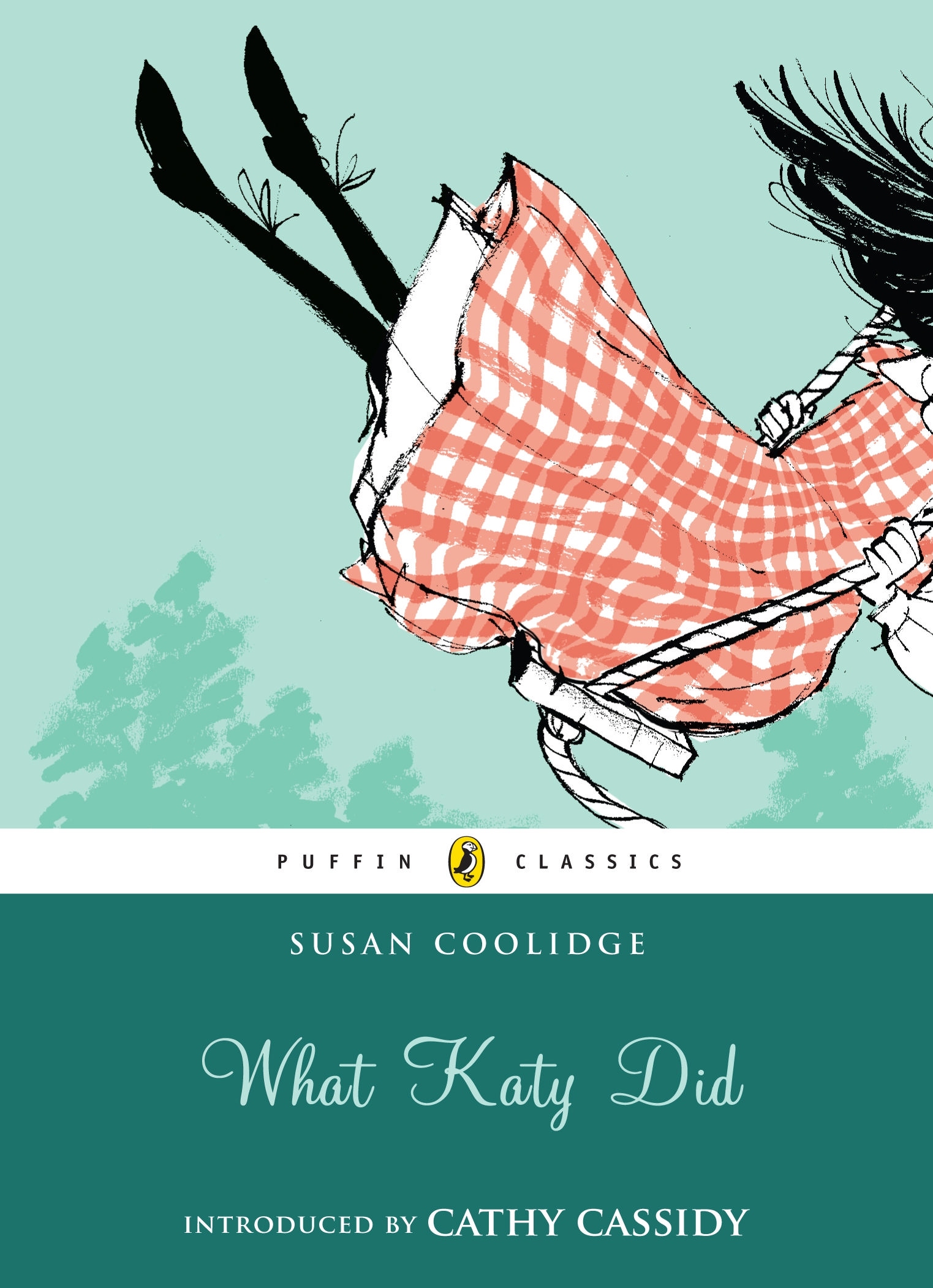
The Lion the Witch and the Wardrobe
The Pevensie children, Peter, Susan and Lucy are on their journey across the Narnian countryside in search of Aslan, after they discover their brother Edmund has betrayed them to the White Witch. They are accompanied by Mr and Mrs Beaver. Narnia is a country, which under the magic of the White Witch is assailed by a constant Winter, but never Christmas. Slowly, the Witch’s magic is broken because Aslan is on the move. Quite unexpectedly, the children come face to face with Father Christmas who bestows them with important gifts. It is moment of great joy and hope for change, that might shape the future of the country.
“Didn’t I tell you,” answered Mr. Beaver, “that she’d made it always winter and never Christmas? Didn’t I tell you? Well, just come and see!”
And then they were all at the top and did see.
It was a sledge, and it was reindeer with bells on their harness. But they were far bigger than the Witch’s reindeer, and they were not white but brown. And on the sledge sat a person whom everyone knew the moment they set eyes on him. He was a huge man in a bright red robe (bright as holly-berries) with a hood that had fur inside it and a great white beard that fell like a foamy waterfall over his chest. Everyone knew him because, though you see people of his sort only in Narnia, you see pictures of them and hear them talked about even in our world—the world on this side of the wardrobe door. But when you really see them in Narnia it is rather different. Some of the pictures of Father Christmas in our world make him look only funny and jolly. But now that the children actually stood looking at him they didn’t find it quite like that. He was so big, and so glad, and so real, that they all became quite still. They felt very glad, but also solemn. “I’ve come at last,” said he. “She has kept me out for a long time, but I have got in at last. Aslan is on the move. The Witch’s magic is weakening.”

Little House on the Prairie
Laura Ingalls Wilder provides the best descriptions of Christmas. These are not the Christmases of extravagant gifts and yuletide excesses. The Christmases are plain, heartfelt and filled with simple joys.
The children’s stockings are stuffed with peppermint candy cane, a tin cup (because the children had to share from the same cup before this), a heart shaped cake sprinkled with white sugar and a shining penny, wedged into the toe of the stocking. Their requirements are so simple and the children are so grateful. It is a wonderful reminder to me, that receiving a lot does not always equal greater happiness.
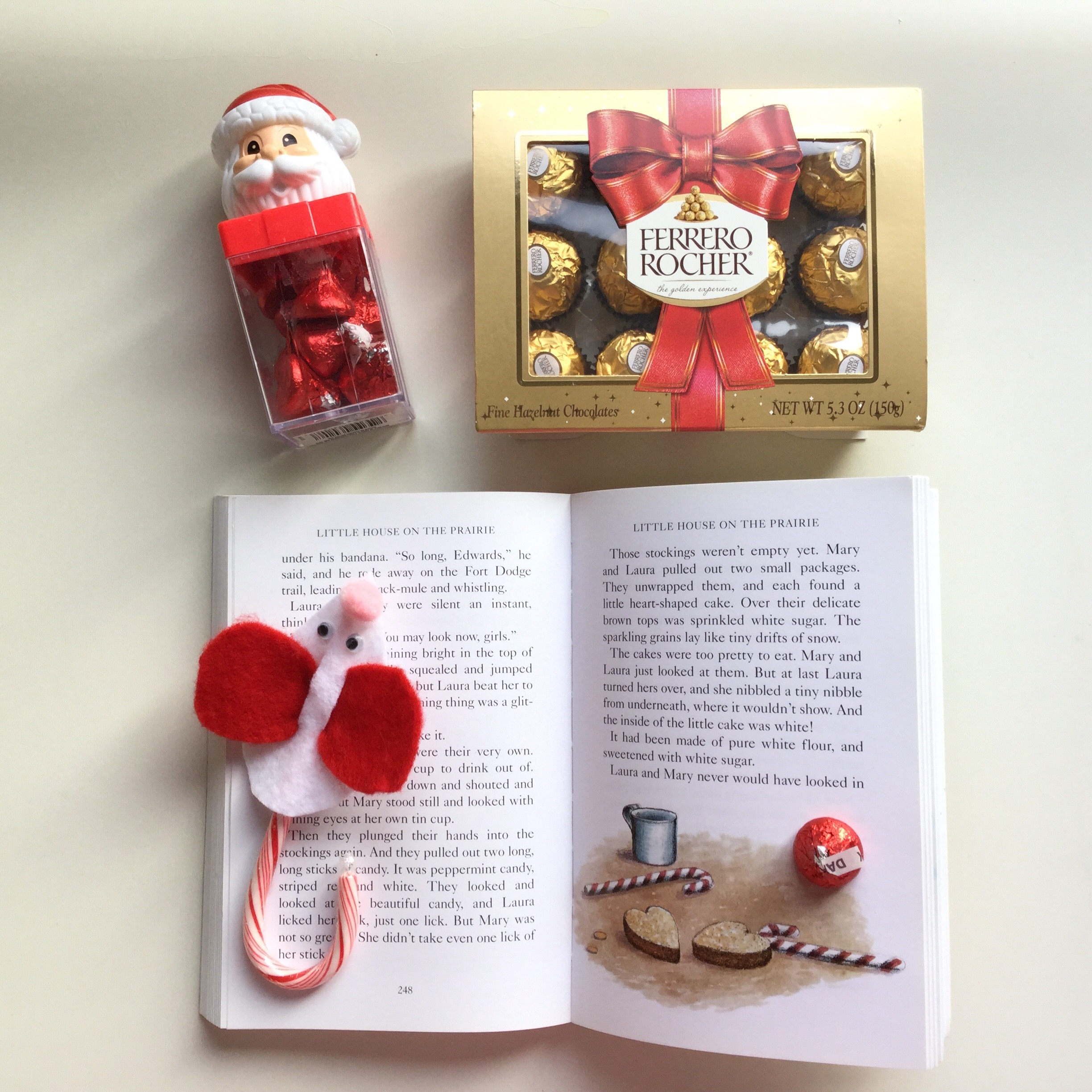
And in the very toe of each stocking was a shining bright, new penny!
They had never even thought of such a thing as having a penny.Think of having a whole penny for your very own. Think of having a cup and a cake and a stick of candy and a penny.
There never had been such a Christmas.
Which books are your favourite Christmas time reads?
I like to read a little Miss Read, this time of year and of course there is always the quintessential ‘A Christmas Carol’. For a look at my Holiday Booklist for the Booklovers in your life please click here.
I wish you all a peaceful and very happy holiday season!

 I had a such a lovely time revisiting the first in a series of books written by the school story writer Elinor M Brent-Dyer.
I had a such a lovely time revisiting the first in a series of books written by the school story writer Elinor M Brent-Dyer.











